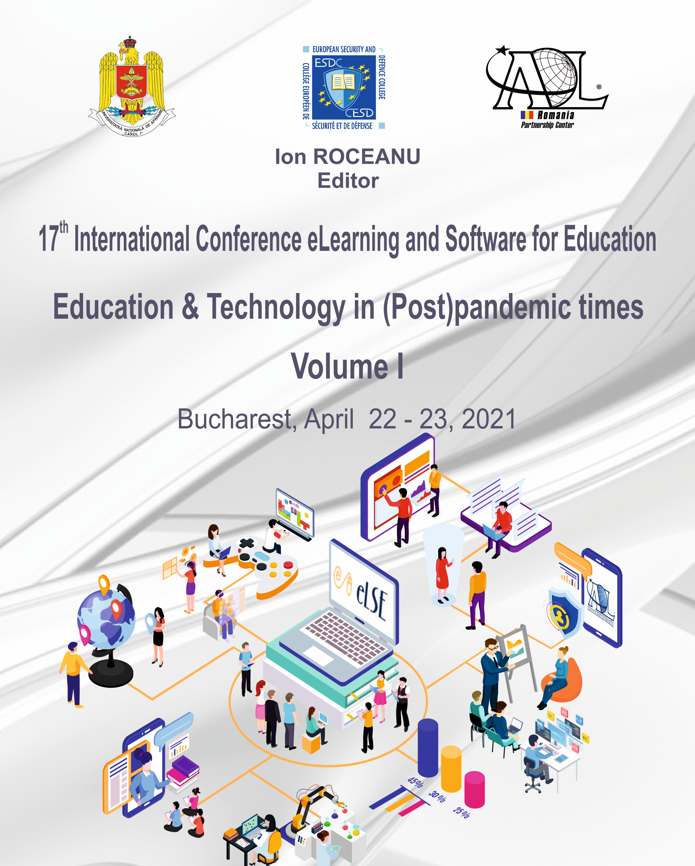AN EDUCATION SPACES FRAMEWORK TO DEFINE INTERACTIVE AND COLLABORATIVE PRACTICES OVER THE PHYSICAL-HYBRID-VIRTUAL CONTINUUM
AN EDUCATION SPACES FRAMEWORK TO DEFINE INTERACTIVE AND COLLABORATIVE PRACTICES OVER THE PHYSICAL-HYBRID-VIRTUAL CONTINUUM
Author(s): Robin Støckert, Piet Van Der Zanden, Veruska de Caro-BarekSubject(s): Higher Education , State/Government and Education, Health and medicine and law, ICT Information and Communications Technologies, Distance learning / e-learning, Pedagogy
Published by: Carol I National Defence University Publishing House
Keywords: education spaces framework; onsite; hybrid; online;
Summary/Abstract: A new industrial revolution is slowly affecting our social, political, economic, and cultural lives. A fusion of technologies and research is emerging within several fields such as robotics, artificial intelligence, the Internet of Things, genetics, and biology. Our current education system runs behind these complex interactions and needs students to be aware and skilled to cope with fast and disruptive changes. Universities need to find new strategies that enable them to play an active role within the global society, delivering relevant education for students to be ready for their future work-life. Adaptation and redesign of the conventional education model with AV-IT technologies are now opportune; physical and online practices are bridged through the hybrid domain. However, the primary goal must be pedagogy, focusing on student-active learning, communication and collaboration, and other 21st -century skills. The largest technical universities in the Netherlands and Norway, respectively Delft University of Technology (TU Delft) and Norwegian University of Science and Technology (NTNU) are continuously optimizing their campus facilities, teaching practices, and technological infrastructure. Although their prerequisites and approaches differ (2), they still experience the same challenges, especially after COVID-19. The Pandemic has rapidly pushed the universities into a scattered digital landscape, exposing sedimented university structures, vulnerabilities, shortcomings, and the need to transform attitudes, pedagogy, spaces, and technology. It has been clear that taking shortcuts from existing onsite practices with technology and digital solutions is not the solution for permanent implementation within the hybrid domain. Experiences need to be consolidated to get a clearer picture of the challenges that come forward when entering the hybrid domain. How can we find common factors and the proper affordances to act as guidelines for a new technological and pedagogical framework that merges the continuum from the physical over the hybrid up to the virtual spaces? This paper describes the ways of work of NTNU and TU Delft. It introduces an Education Spaces Framework with definitions for three levels of increasing interactive or collaborative education practices on the vertical axis and the three onsite, hybrid, and online domains on the horizontal axis. It examines the design of technological-pedagogical prerequisites and barriers when moving or even transforming a practice from one into the other. The combined experiences and related discussion propose the Education Spaces Framework for further study and structure the future initiatives.
Journal: Conference proceedings of »eLearning and Software for Education« (eLSE)
- Issue Year: 17/2021
- Issue No: 01
- Page Range: 485-495
- Page Count: 11
- Language: English

